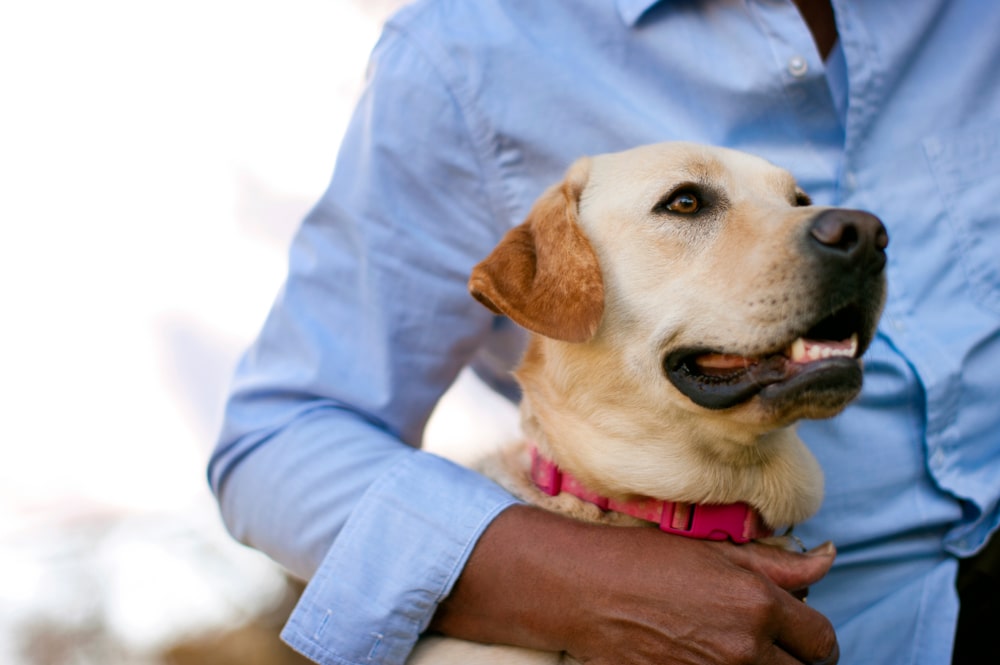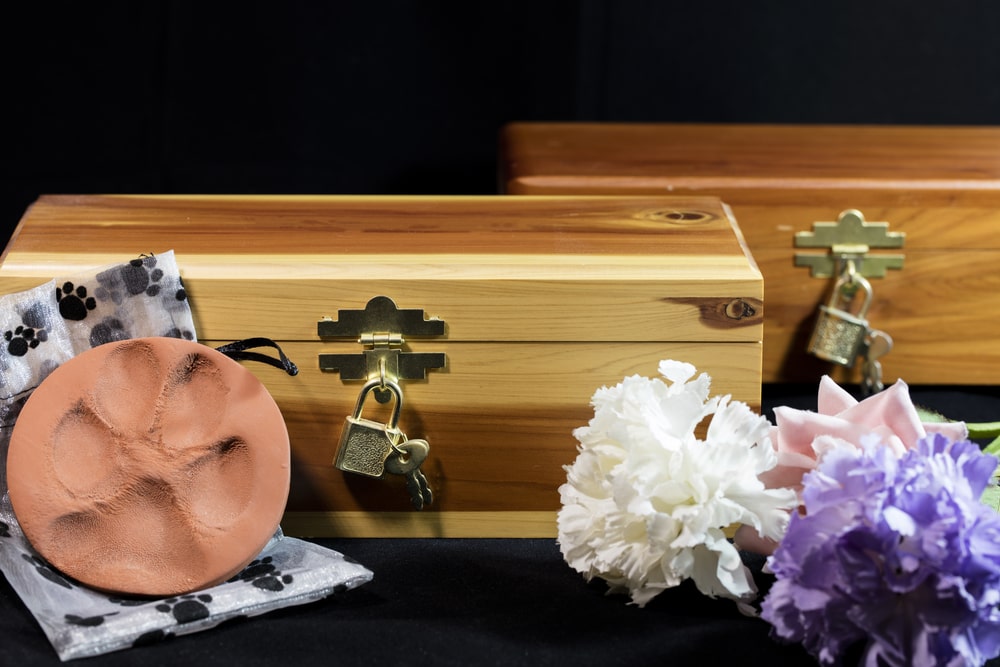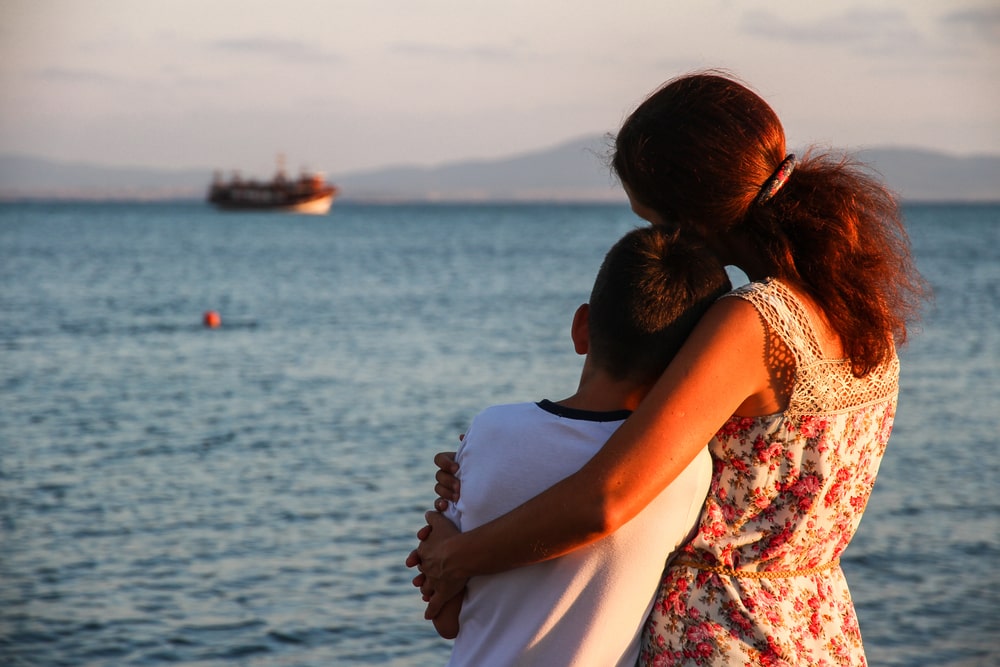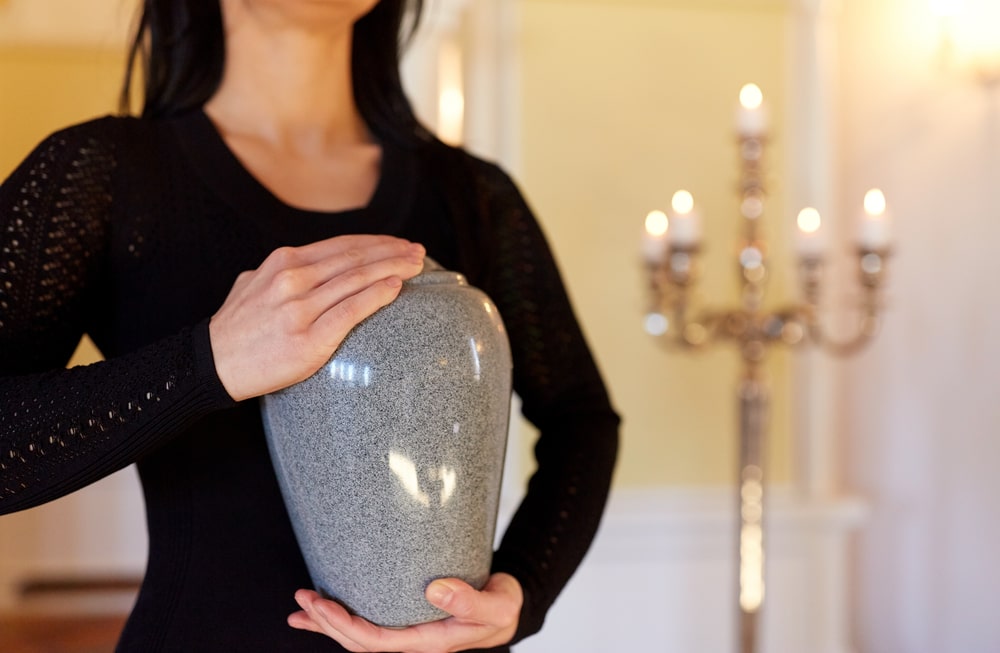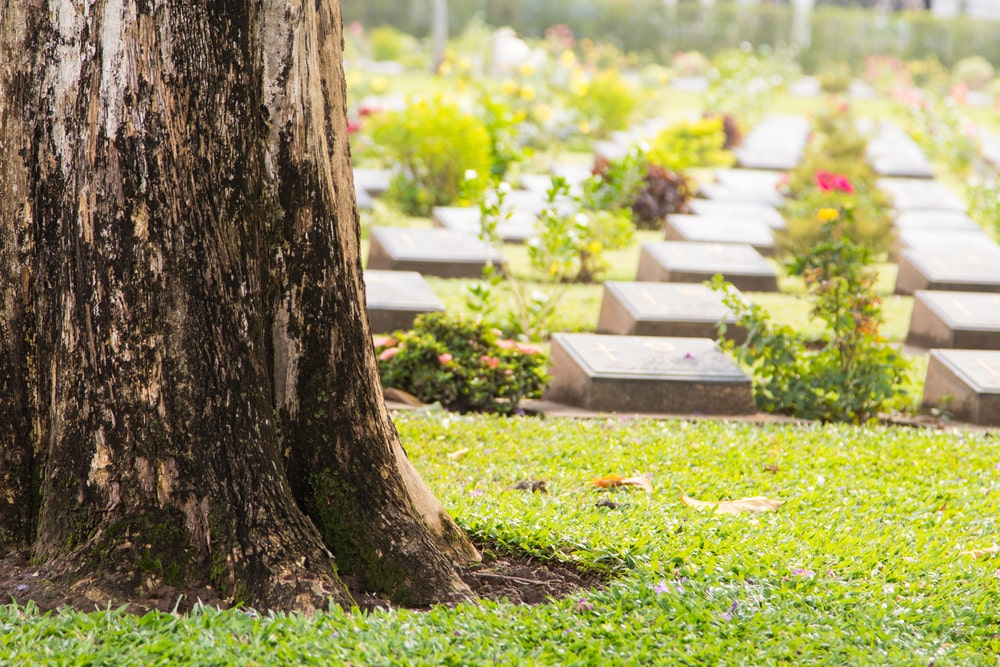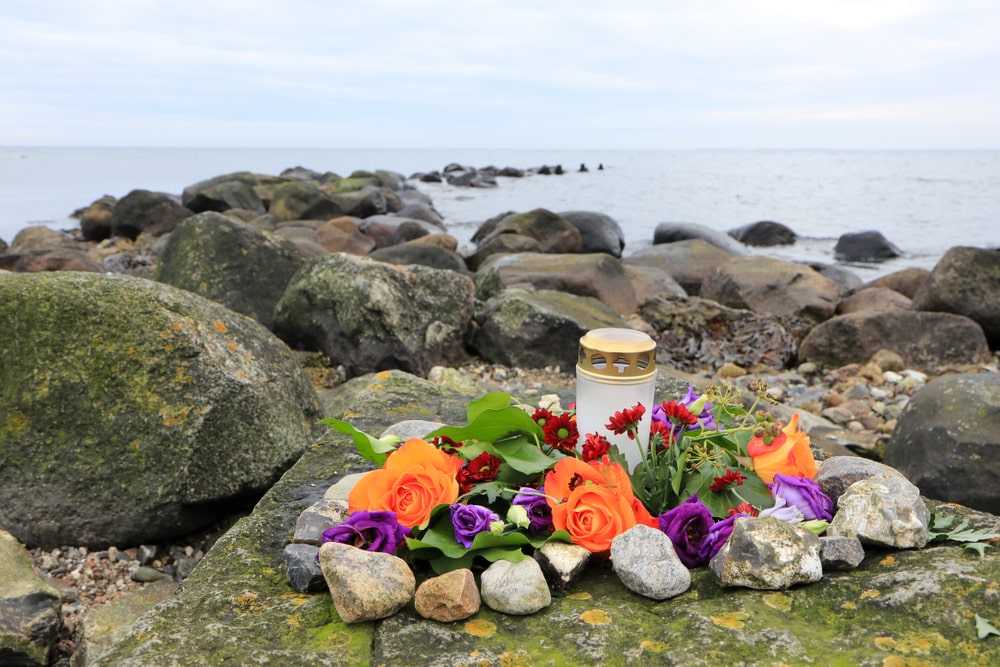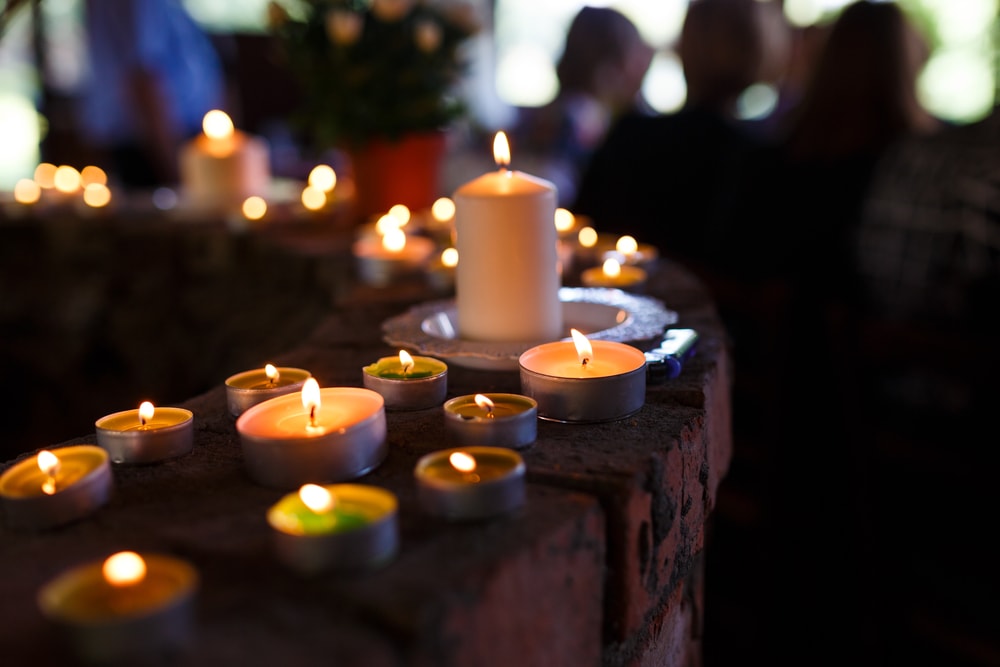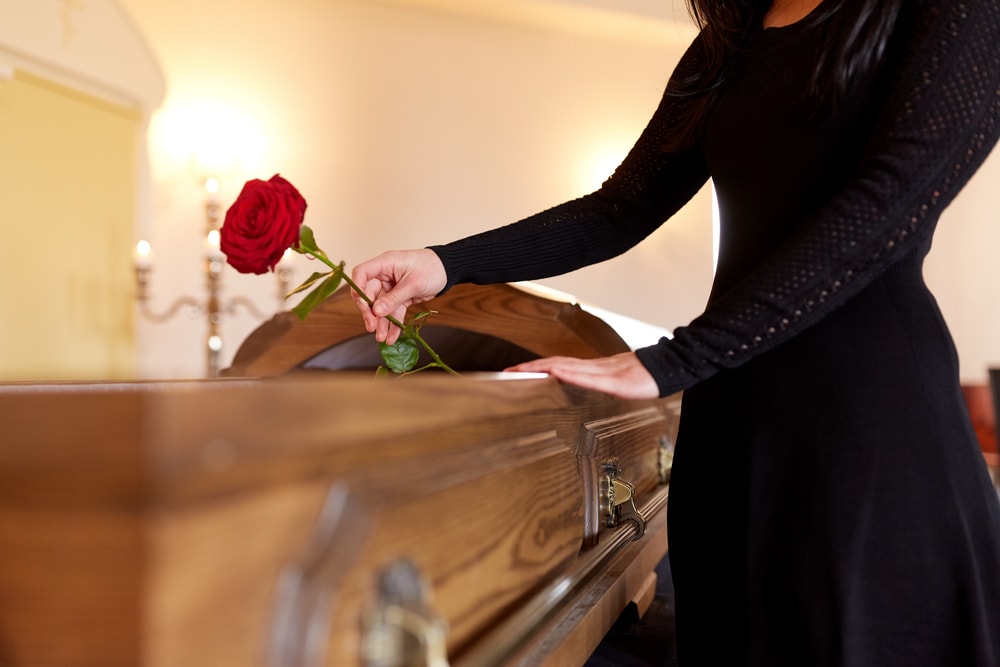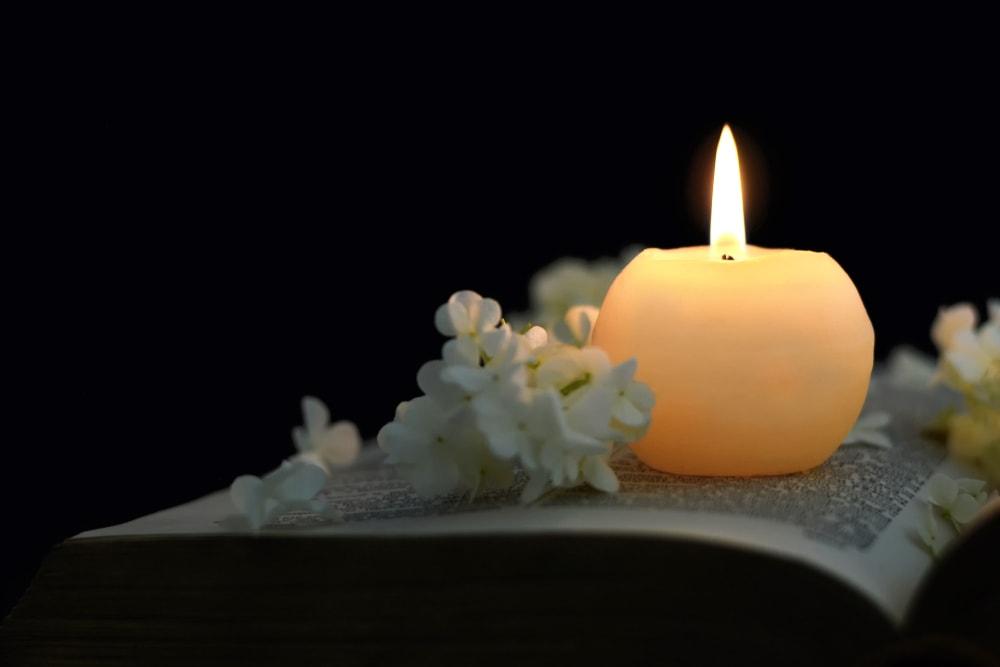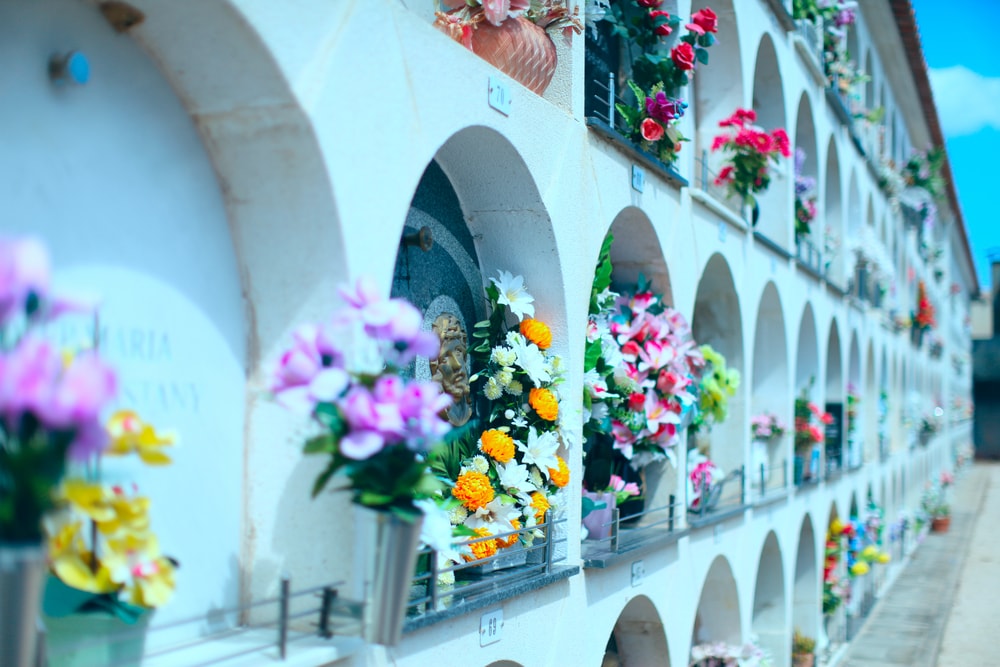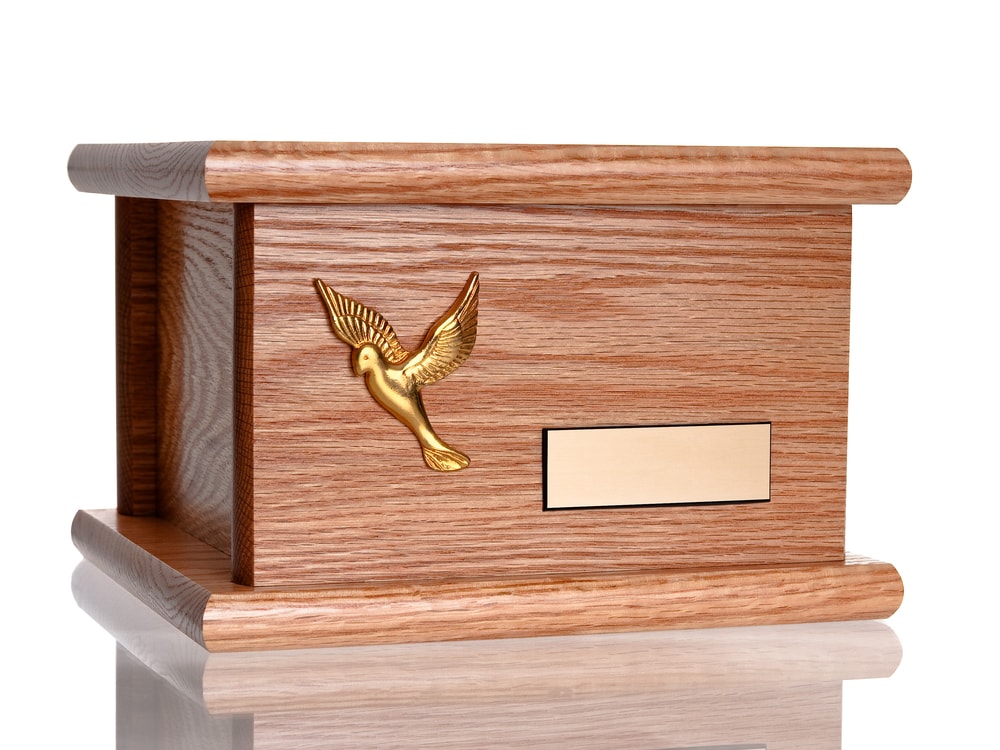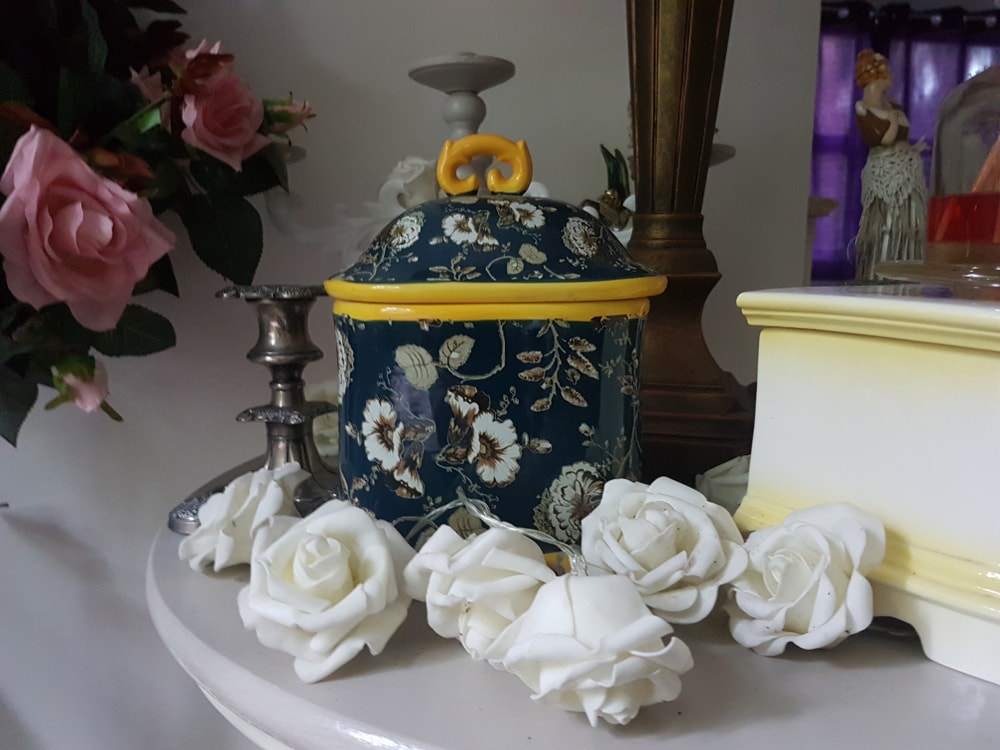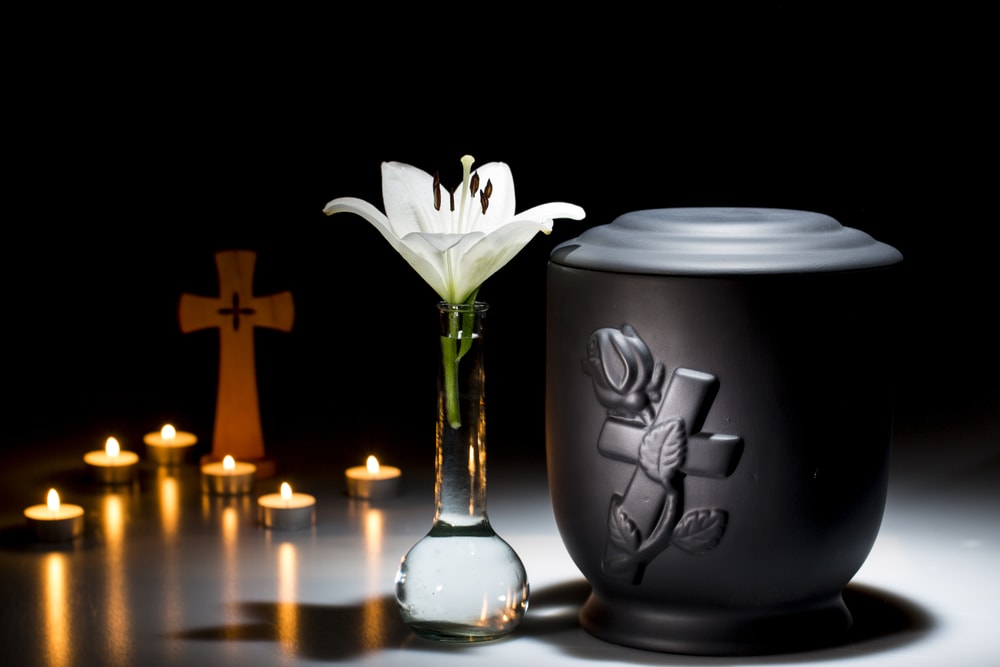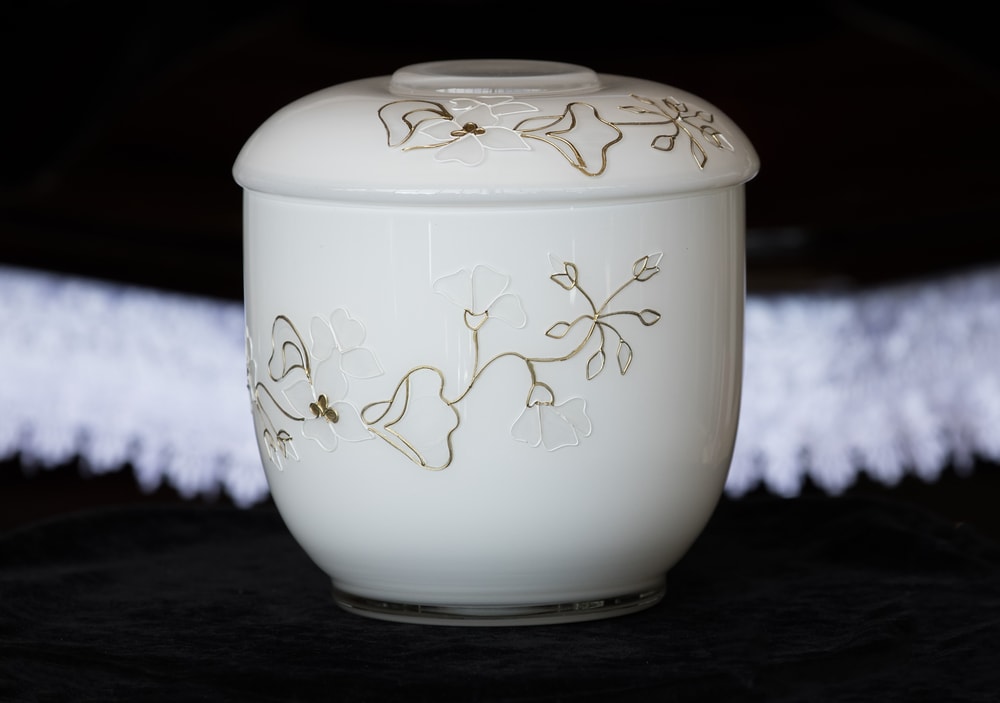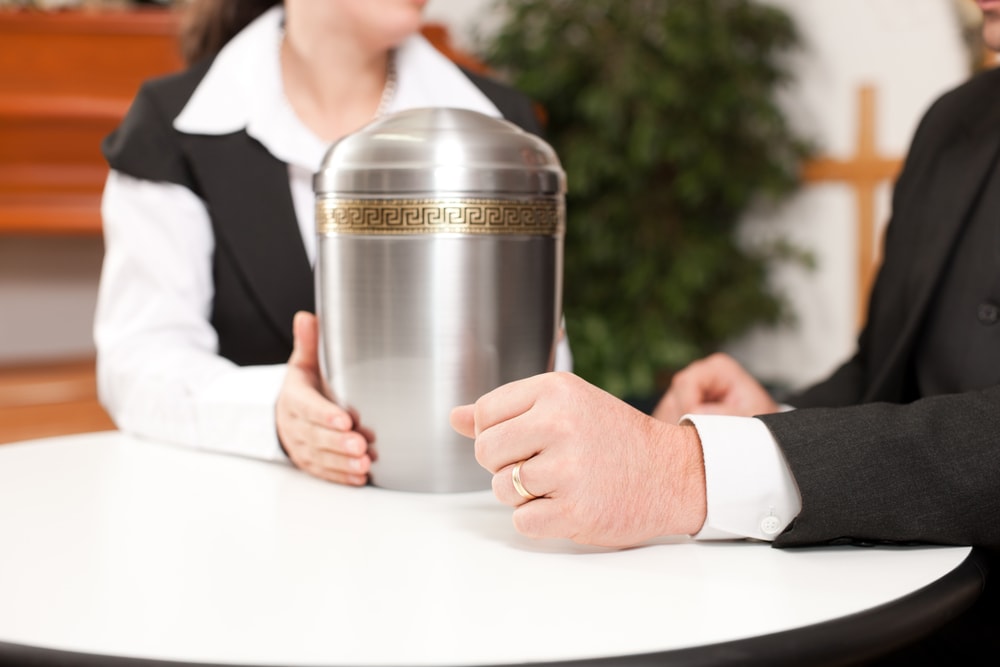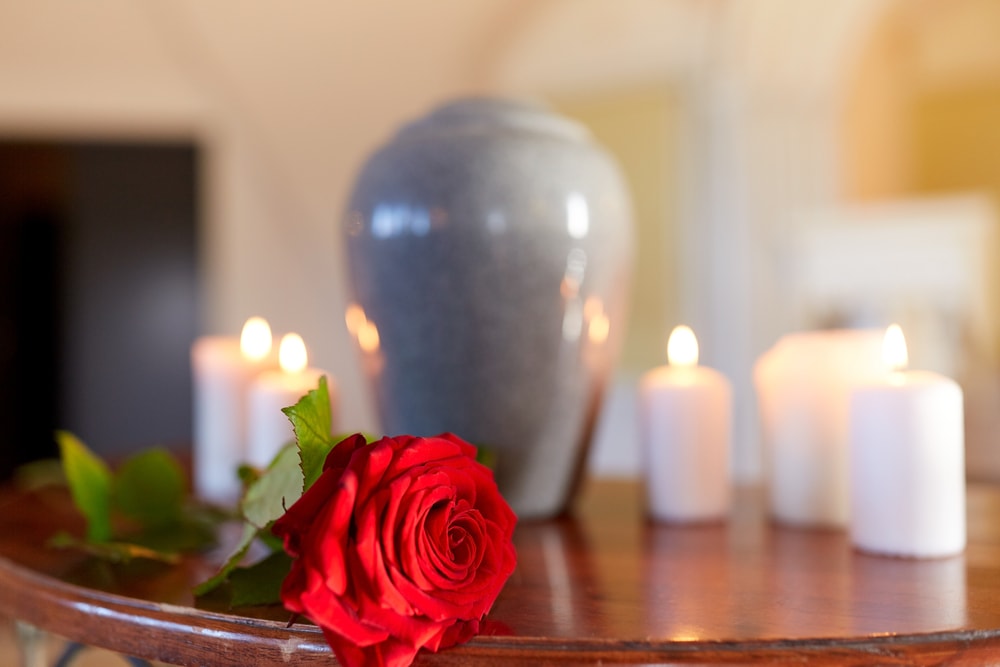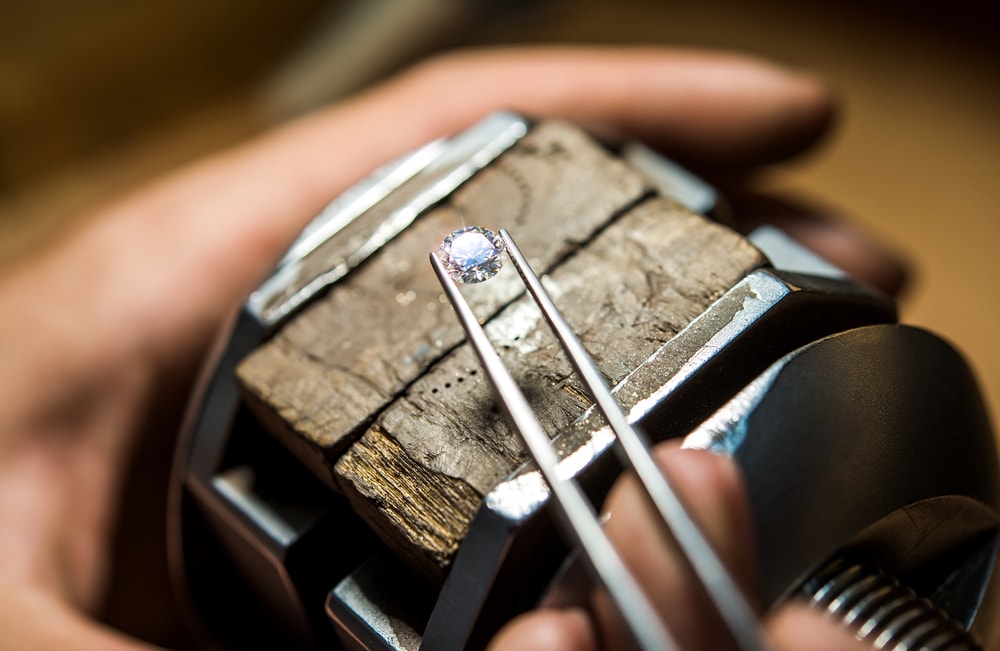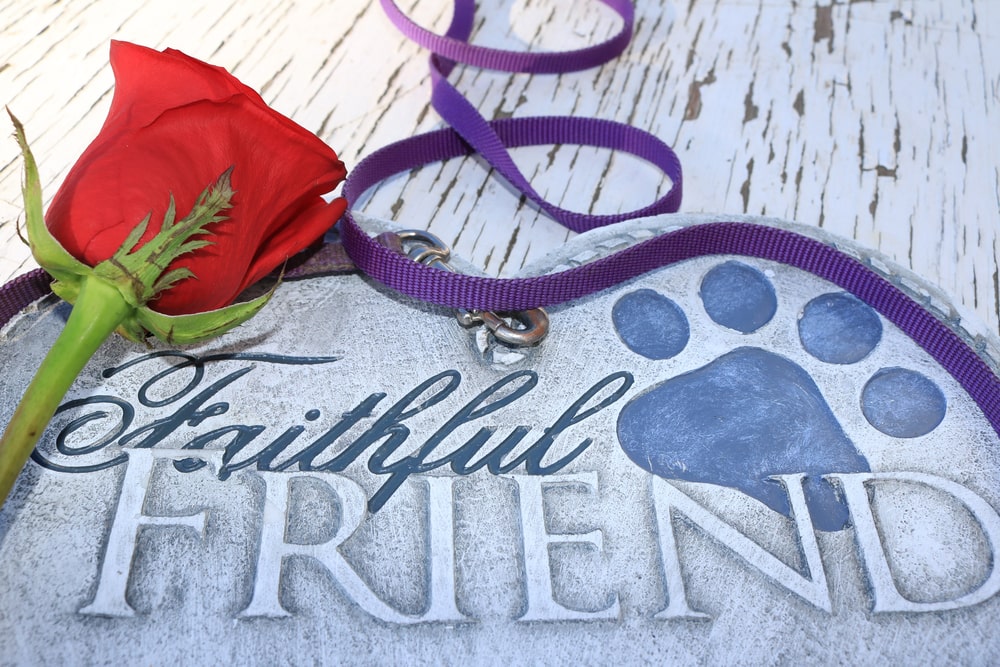
When a pet dies, we often feel a deep sense of loss. But no matter how we feel, we must also deal with the logistics of ensuring that our pet finds a final resting place. For most families, that will mean either burial or cremation. Let’s review both options so you can select which works best for your family.
Pet Burial
First, let’s review burial. This option has been around for a long time, and for many families, it’s the best option for keeping things simple and cost effective.
1. Home Burial
If a family has the available land, they may choose to bury a pet at home. By doing this, your pet will remain close to you, and you can even add a grave marker or have a burial ceremony. If your family chooses this option, there are a few things to consider.
- Is it legal? Check your local laws to ensure that pet burial on personal property is allowed.
- How deep should you dig? Four feet is usually sufficient to keep predators away.
- Do you have a large pet? For large animals, digging a grave can be difficult so you may need a back hoe or help from friends or family.
- What should you bury them in? Make sure that anything non-biodegradable is removed (like plastic) and consider placing your pet in a wooden or cardboard casket or box.
- Have you chosen a good place for burial? Make sure that you know what’s below the ground where you plan to dig a grave, ensuring that you aren’t going to disturb buried lines or your neighbor’s water supply.
- What if your pet dies in the winter? If you live in a place where snow blankets the ground in winter, making it difficult to bury a pet, have a chat with your veterinarian. Often, the vet’s office is willing to preserve the pet until spring arrives.
2. Pet Cemetery Burial
Another burial option is to talk with a funeral home that offers pet services or a pet burial services company to request burial in a pet cemetery. With this option, you don’t have to worry about potential legal issues, and if you move away, your pet’s grave will always be in a place you can visit, if you choose.
Typically, you can choose whether you’d like private burial or communal burial. Private burial is often more expensive, but it comes with the ability to add a memorial marker and gives you a specific place to visit, if that’s important to you. Communal burial means that your pet will not have an individual marker and may be buried with other pets. However, the cemetery may offer a memory wall where you can add a memorial for your pet.
Pet Cremation
Cremation is a second option to consider when deciding how best to care for a pet’s body after death. As with burial, you have a few choices, though cremation entails a few extra decisions. Let’s review your cremation options.
1. Private/Individual Cremation
The most important thing to consider when looking at pet cremation is whether or not you want memorial items. For instance, do you want to have an urn at home with your pet’s ashes? Do you want cremation jewelry or to have a memorial box? Would you prefer to keep your pet’s ashes close to you? If you do, then private/individual cremation is best for you. While this type of cremation is more expensive, it gives you greater flexibility on what you’d like to do with your pet’s ashes.
2. Mass/Communal Cremation
If you know that you don’t want memorial items and you also don’t want to bury your pet, then mass/communal cremation might be the best option for you. Because your pet will be cremated with other pets, this option is typically less expensive (often based on the weight of your pet), but it also means you won’t receive any ashes back.
With both of these options, speak to a funeral home that offers pet services, a veterinary clinic, or a pet burial services company to determine the current rates and full range of services available for each type of cremation.
What’s Next?
Once you’ve chosen which type of final disposition is right for your pet, you can decide what to do next. Do you need to purchase an urn or memorial item? Should you select a spot in the backyard for home burial? Do you need to choose a grave marker or headstone?
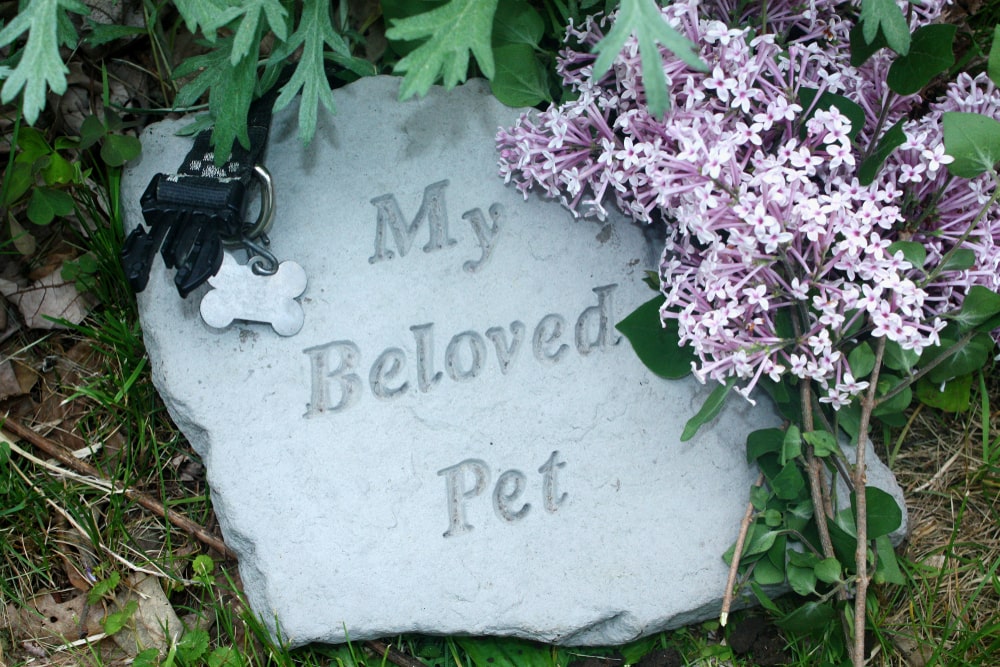
Another thing to consider is whether you want to have some kind of burial or memorial service. This practice is often quite helpful for children. If you opt for home burial, you can allow your child(ren) to choose the burial spot, encourage them to decorate the area with flowers, and maybe say a few words. With both home burial and private burial, you can work together as a family to choose a meaningful grave marker. These actions may help your child grieve and find closure following a pet’s death.
With cremation, you will need to decide what you’d like to do with the ashes. You can place them in an urn or memorial box, where your child could see it daily. Alternatively, you could scatter the ashes at a favorite park or outdoor area. Saying goodbye is always hard, so deciding what’s best for all members of your family is important and necessary.
For some additional ideas on memorial options for pets, feel free to read 7 Pet Memorial Options and 10 Family-Focused Pet Remembrance Ideas.

